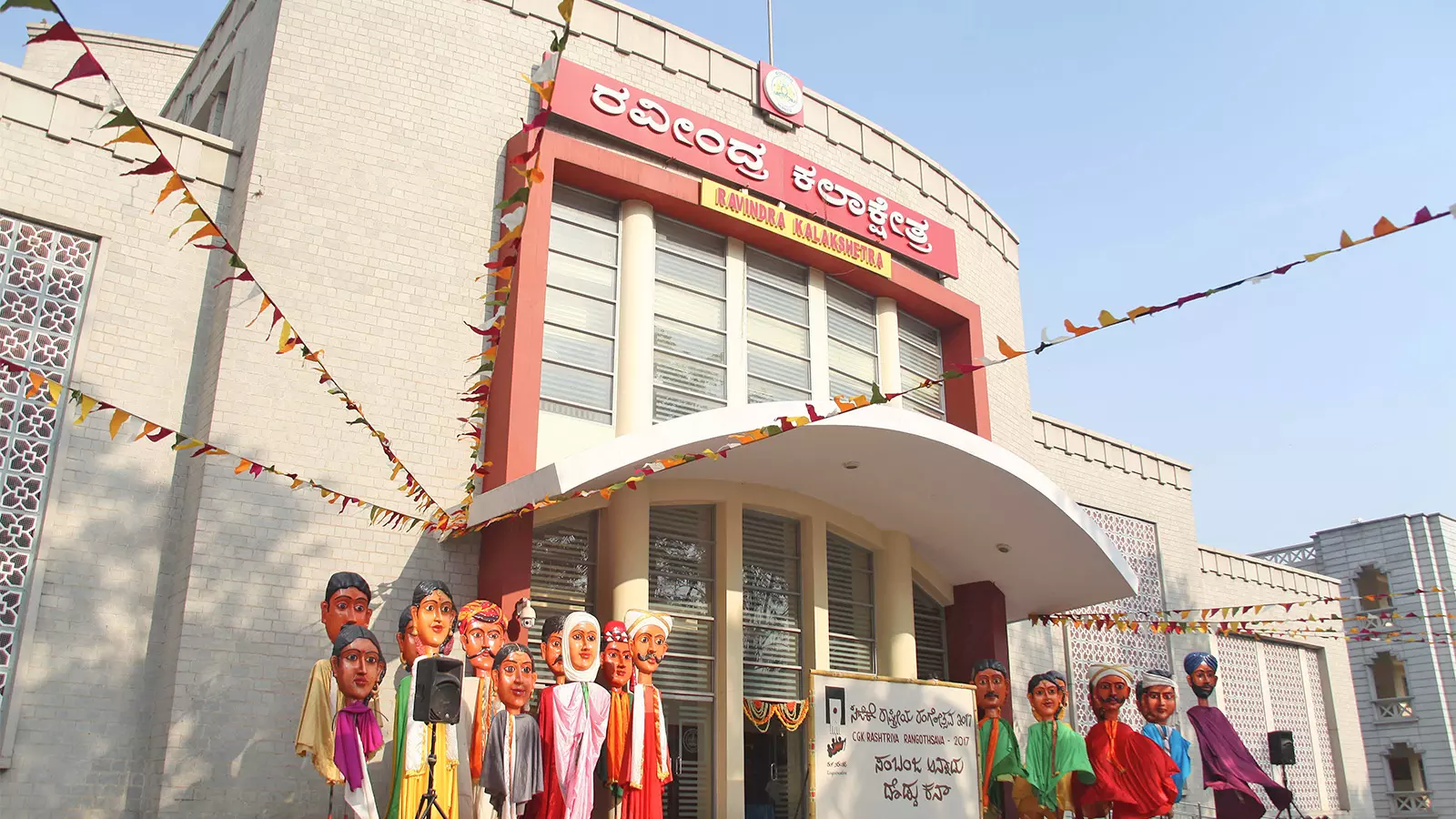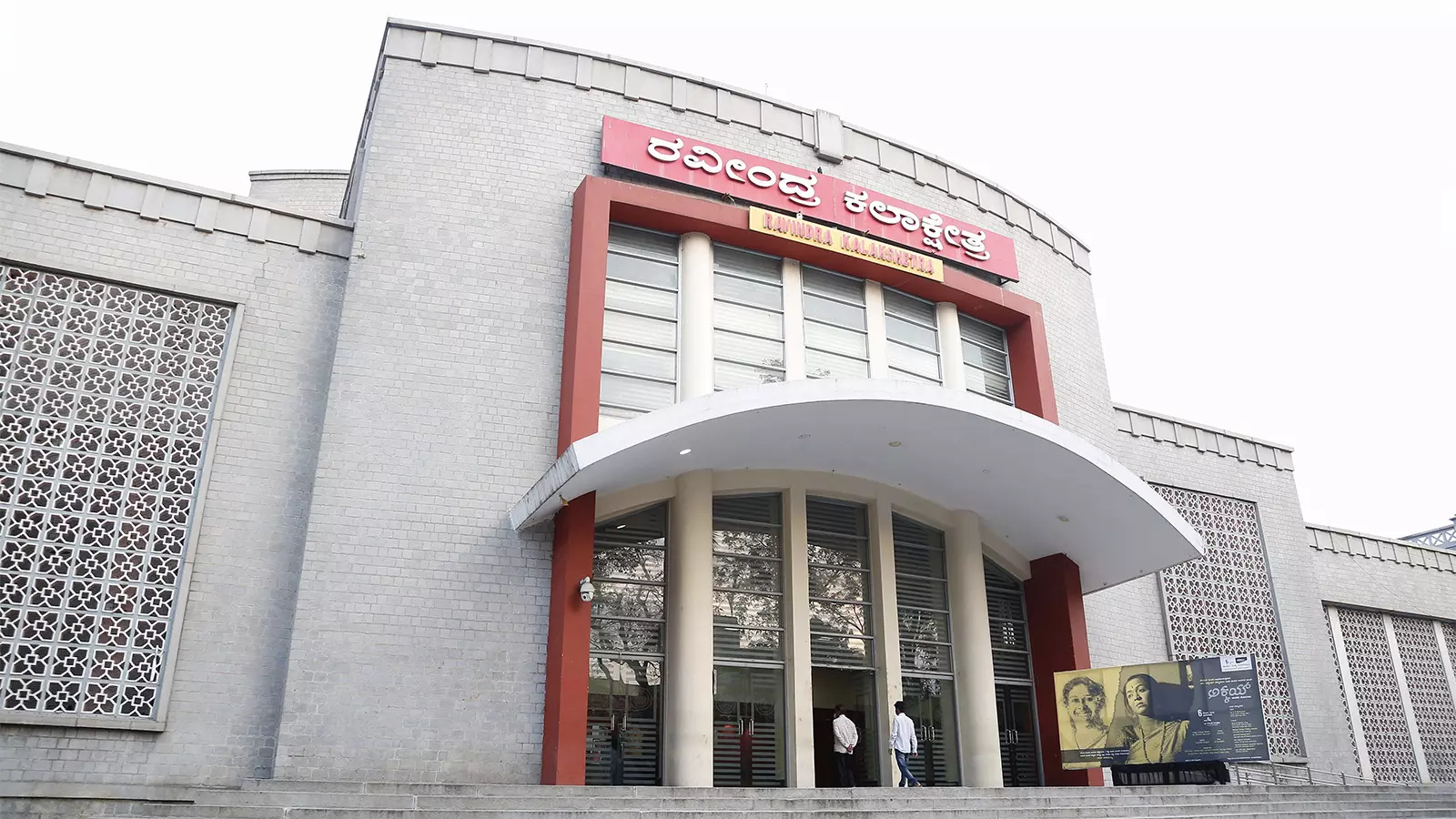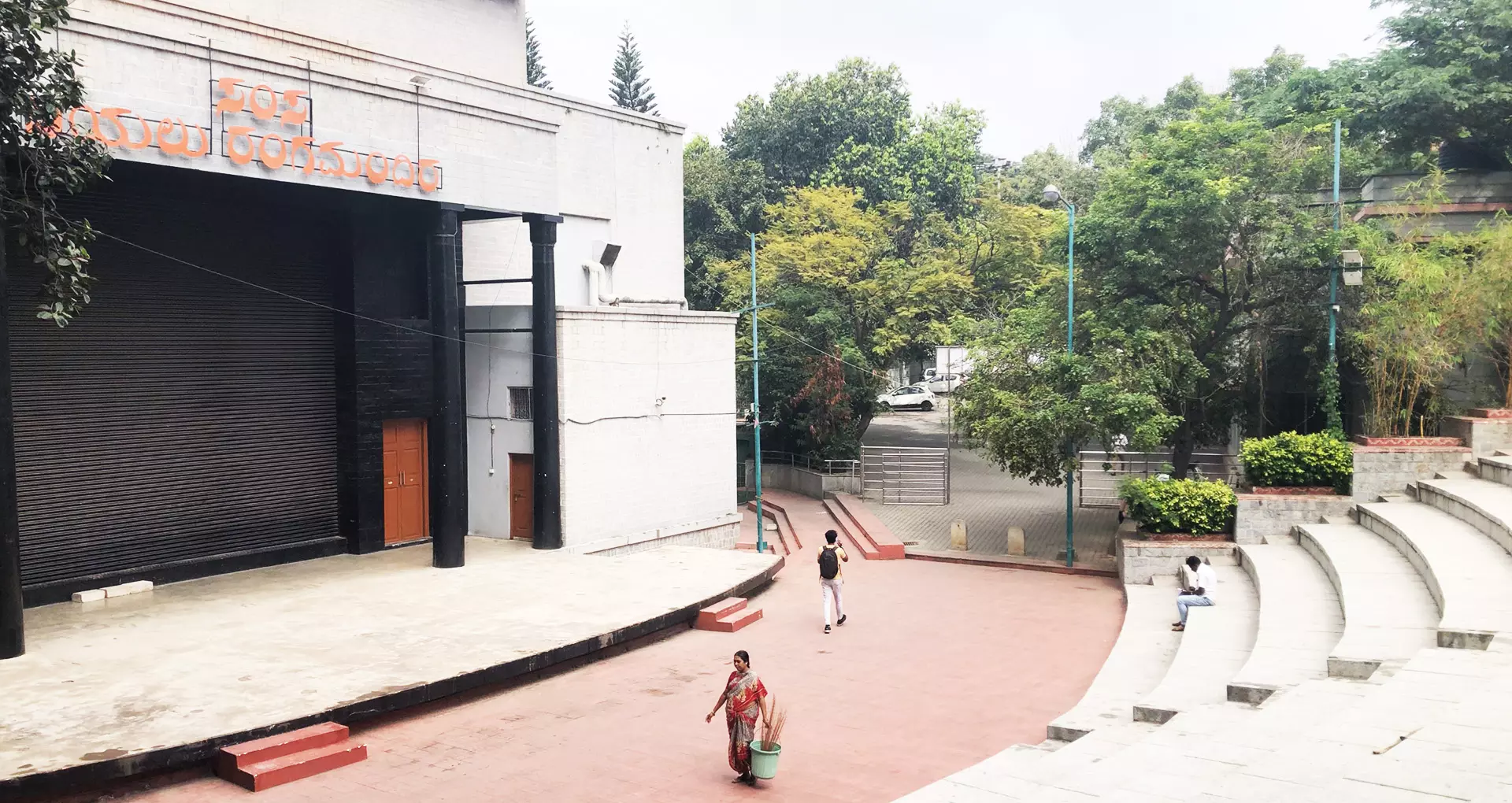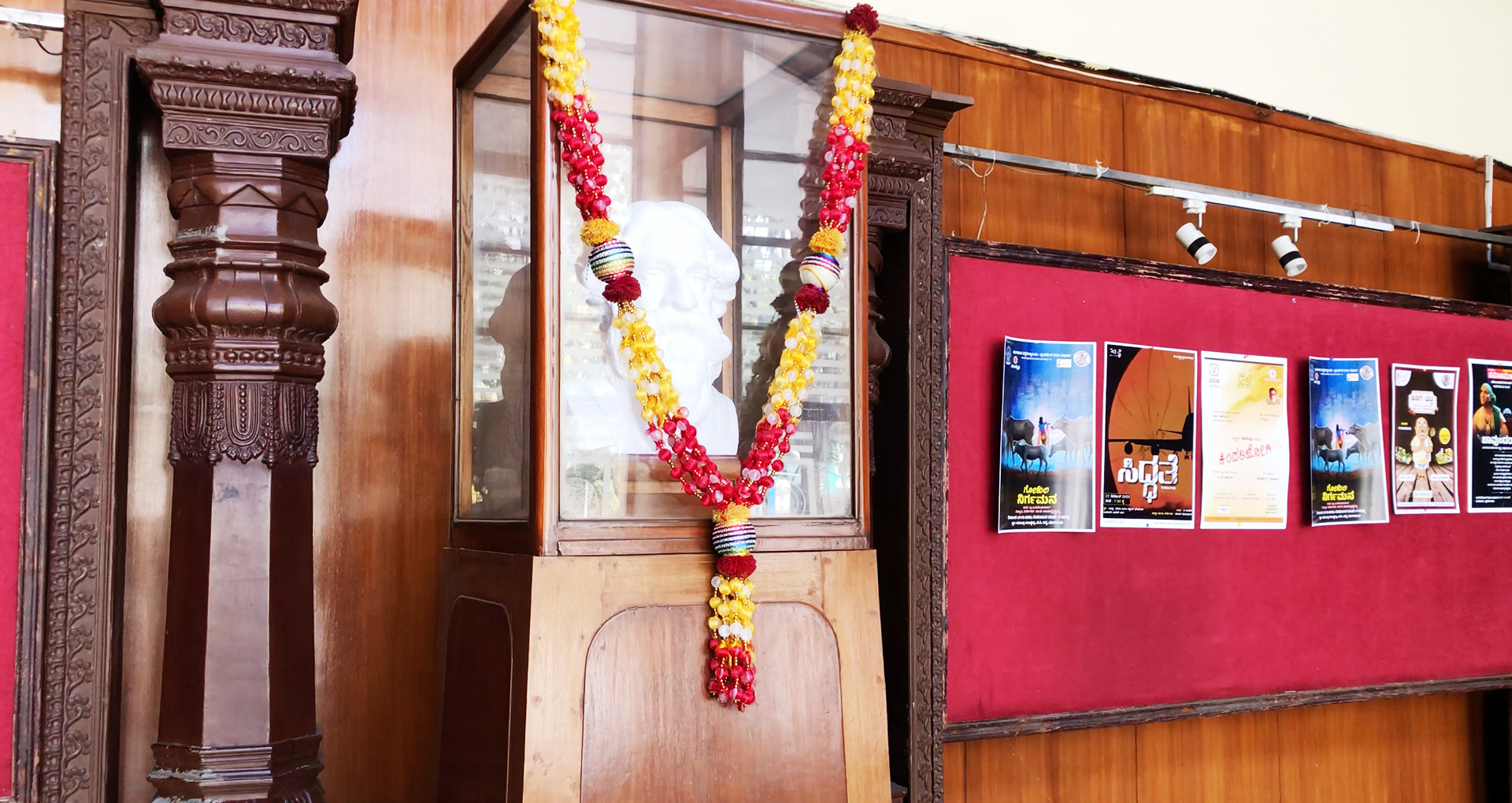
- Home
- India
- World
- Premium
- THE FEDERAL SPECIAL
- Analysis
- States
- Perspective
- Videos
- Sports
- Education
- Entertainment
- Elections
- Features
- Health
- Business
- Series
- In memoriam: Sheikh Mujibur Rahman
- Bishnoi's Men
- NEET TANGLE
- Economy Series
- Earth Day
- Kashmir’s Frozen Turbulence
- India@75
- The legend of Ramjanmabhoomi
- Liberalisation@30
- How to tame a dragon
- Celebrating biodiversity
- Farm Matters
- 50 days of solitude
- Bringing Migrants Home
- Budget 2020
- Jharkhand Votes
- The Federal Investigates
- The Federal Impact
- Vanishing Sand
- Gandhi @ 150
- Andhra Today
- Field report
- Operation Gulmarg
- Pandemic @1 Mn in India
- The Federal Year-End
- The Zero Year
- Science
- Brand studio
- Newsletter
- Elections 2024
- Events
- Home
- IndiaIndia
- World
- Analysis
- StatesStates
- PerspectivePerspective
- VideosVideos
- Sports
- Education
- Entertainment
- ElectionsElections
- Features
- Health
- BusinessBusiness
- Premium
- Loading...
Premium - Events

On January 28, 1970, all roads in Bengaluru (then Bangalore) turned to Ravindra Kalakshetra. Hundreds of people queued up from Town Hall to the cultural centre to watch Biruku, a play being staged at the theatre that day.“The play had two shows on the first day itself. Highlighting the angst and alienation of the younger generation and offering a critique of superficiality in society,...
On January 28, 1970, all roads in Bengaluru (then Bangalore) turned to Ravindra Kalakshetra. Hundreds of people queued up from Town Hall to the cultural centre to watch Biruku, a play being staged at the theatre that day.
“The play had two shows on the first day itself. Highlighting the angst and alienation of the younger generation and offering a critique of superficiality in society, Biruku captured the imagination of the audience and Kalakshetra established an instant connect with the masses,” reminisces writer NK Mohan Ram.
Biruku, based on the eponymous novel authored by P Lankesh, an adaptation of JD Salinger’s The Catcher in the Rye, is one among the many works of art showcased at Ravindra Kalakshetra that resonated the mood of the masses. As the cultural centre completes 60 years of its glorious and meaningful existence, it stands as a testimony of the times and upheavals it bore witness to.
Asked how Kalakshetra is different from the hundreds of cultural centres that exist across the country, theatre expert Preethi Nagaraj tells The Federal that this auditorium is not just a structure made out of brick, mortar, and stone. “Kalakshetra can be likened to a tree where thousands of birds nested, and flew away to farther horizons, crossing over to bigger canvases. Several movements were born here that held the pride of the land and language as well,” she said.
“One can count the number of fruits in a tree with some effort. But can one count the number of trees in a fruit?” she asked.
When political satire Tughlaq was staged at Kalakshetra way back in 1969, it gave birth to many artists including Girish Karand (the playwright); and CR Simha, who essayed the character of Tughlaq; and play light designer G Kappanna.
Writer Mohan Ram believes Kalakshetra stimulated the modern cultural sensibilities of the 1970s. It was personalities including Prof B Chandrashekar, Dr MN Srinivas, BV Karanth, R Nagesh, and Prasanna, who shaped Kalakshetra’s social identity. Plays including Biruku, Sankranthi, Huttava Badidare, Evam Indrajit, Kattale Daari Doora, Kadadida Neeru, Oedipus, Jokumaraswamy, and Swargakke Moore Bagilu have created a sense of cultural identity for Kalakshetra.
Mohan Ram believes the socio-cultural moulding of Kalakshetra happened under the influence of Prasanna Heggodu, one of the brightest minds in Kannada theatre, and Samudaya, which is among the largest theatre movements for workers in south India. Prasanna founded Samudaya and gave a creative direction to Kannada theatre in the 1970s with other activists.
Samudaya, supported by progressive artists from Karnataka, fought the Emergency. During the period of Emergency, Prasanna brought together theatre and cultural activists and encouraged them to develop street plays mixed with political songs. He also organised a month-long mobile theatre of liberation festival in Chikkamagaluru district. Samudaya teams travelled from village to village on bicycle and created awareness among the people on the dangers to democracy.
The themes came to be reflected richly in plays staged by Kalakshetra.
From slum to an art centre
A key element that helped Kalakshetra’s popularity grow is its location. It is located in the ‘heart’ of Bengaluru, next to the historic Town Hall and Bruhat Bengaluru Mahanagara Palike. Nestled among the bustling streets, amid traffic that never slow down with shimmering lights all around, Kalakshetra has transcended the ordinary for six decades. This is a platform, where emotions have come alive, where stories have unfolded and magic of stage has weaved a tapestry of dreams. This is an enchanting realm for those, who have it in all its glory.
But it is hard to fathom that the space where Kalakshetra stands today was once a slum. The idea of developing a state-of-the-art auditorium was mooted in 1960.
According to reports, a high-level committee was formed to build Kalakshetra under the chairmanship of then chief minister Basappa Danappa Jatti, with cultural stalwarts including Jnanpith Award recipient writer Shivarama Karanth, one of the doyens of Hindustani music, Mallikarjun Mansur, writer Goruru Ramaswamy Iyengar and renowned arts promoter Vimala Rangachar, as members.

The foundation of Ravindra Kalakshetra was laid in 1961 to mark the centenary celebrations of Rabindra Nath Tagore's birth.
“I was the only female member on the committee. When we started off, we faced a roadblock in the form of shortage of funds, which delayed the construction of Kalakshetra. The foundation was laid in 1961. Today, however, it stands as one of the finest artistically designed structures of Karnataka,” Vimala Rangachar tells The Federal.
Kalakshetra was built under a larger plan of the Union government to construct futuristic auditoriums in five cities — Bengaluru, Bhopal, Hyderabad, Kolkata, and Mumbai — to commemorate the centenary year of Nobel laureate Rabindranath Tagore.
The Union government allocated Rs 2 lakh, and the Karnataka government contributed Rs 1.50 lakh for the project. “When construction was delayed due to a fund crunch, Tamil actor Nadigar Thilagam Sivaji Ganesan staged Veerapandiya Kattabomman as a ‘benefit show’ and contributed the money collected for the construction of Kalakshetra. Similarly, Mahadevaswamy, a popular professional theatre personality, and hundreds of others contributed generously,” says theatre activist and writer Shashidhar Bharighat.
Then Union HRD Minister Humayun Kabir evinced keen interest in building Kalakshetra. Designed by architect Charles Wilson and chief engineer of Karnataka BR Manikyam, Kalakshetra was eventually inaugurated on March 9, 1963, by Dr Humayun Kabir himself.
“In 1960, we staged plays with the support of Gubbi Veeranna Nataka Company to raise funds for Kalakshetra. I was too young then. But today I feel proud for having been a part of the efforts to build Kalakshetra,” says renowned theatre artist B Jayashree and former member of Rajya Sabha.
Realm of arts
Sentimentally and emotionally referred to as the karmabhoomi (land of labour) of culture, especially theatre, Kalakshetra, doesn’t just offer a realm of arts for those associated with the cultural spectrum of Karnataka. It is a platform that promotes dance, music, painting, and national and international events, besides cultural congregations.
In its six decades of existence, Kalakshetra has served as a launching pad for hundreds of artists including ace danseuse Prathibha Prahlad. It has given a boost to both professional and amateur theatre from BV Karanth, Girish Karnad, P Lankesh, and Chandrashekara Kambara, to contemporary directors. The centre has hosted programmes including Russian Theatre to Peking Opera offering a global taste to audience and serving as a platform for artists from world over.

The Samsa Open air auditorium. Photo: Keerthik CS
Twenty-five years after its foundation was laid, Kalakshetra got its first facelift during the SAARC summit held in Bengaluru in November 1986. Many summit-related programmes were held at the centre and members of SAARC countries were surprised by the facilities available in the auditorium. According to architect Naresh Narasimhan, Kalakshetra boasts of a unique thrust stage (a stage that extends into the auditorium so that the audience is seated around three sides) brings the audience closer to the performers.
Kalaskhetra is a technically developed auditorium with a seating capacity of 900, including 400 on the balcony. Lighting for the auditorium was designed by an NSD alumnus V Ramamurthy; the audio system, including special front speakers for VIP members in the front row and monitor speakers for the performers on the stage, was imported from France.
There is an orchestra pit for managing the sound and music for performances. A statue of Rabindranath Tagore sits in a glass showcase. Glass showcases on the premises also display stills of various plays. There is a box-office in the left corner of the building for which is reminiscent of the era in which people lined up to buy tickets instead as the option of online booking wasn’t even heard of then.

A statue of Rabindranath Tagore sits in a glass showcase at Kalakshetra. Photo: Keerthik CS
There are guest rooms, green rooms, and costume changing rooms, besides an intimate discussion hall from where the theatre director strikes a conversation with the audience.
Historical steps
The steps that lead to the entrance of the Kalakshetra’s auditorium have over the years acquired an iconic status. The steps have become an adda (hangout point) for hundreds of theatre activists, including Prakash Raj, Kokila Mohan, TS Nagabharana, TS Ranga, Sundaraj, and others. On the steps, countless scripts and performances have been born — and scores of them have had a still birth too. Hundreds of theatre personalities, including a doyen of amateur theatre artists such as Sri Ranga (Adya Rangacharya and father of Shashi Deshpande), BV Karanth, Girish Karnad, Lankesh, Chandrashekara Kambara, R Nagesh, CG Krishnaswamy, Prasanna have had elaborated discussion with regard to their socio-political and cultural views and scripts on the steps.
“In the past, when the velvety curtains rose at the Kalakshetra, the stage witnessed countless tales of revolt, history, love, loss, triumph, comedy, and tragedy. Writers, musicians, actors, technicians vied here to hold the attention of the VIPs — the audience. Today, Kalakshetra’s walls seem to resonate with the laughter, tears, and applause of the audience’s past, creating a timeless connection that has transcended generations,” says an emotionally charged Preethi Nagaraj.
The inseparable connect
In the 1970s, 1980s, and 1990s, a palpable energy that wafted through the air carried the sweet scent of a bond between actors and the audience. This is where a total stranger can sit alone and experience a connect with the entire human race. In this sacred space, one is not merely a spectator; but a participant in a shared time capsule connected by the universal language of storytelling.
“The resonance of powerful soliloquy, the haunting melody of a well-played note, the silence that hangs in the aftermath of a poignant scene, the deafening applause of the audience at masterful performances hang in the air of Kalakshetra,” says Preethi Nagaraj.

